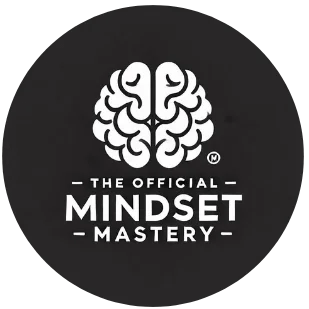Embarking on a journey of self-discovery and inner peace, mindfulness meditation has emerged as a powerful tool for modern-day stress relief. This ancient practice, rooted in Buddhist traditions, has gained widespread popularity in recent years. According to a 2017 study by the National Center for Complementary and Integrative Health, the number of adults practicing meditation in the United States tripled between 2012 and 2017. Let’s dive into the world of mindfulness meditation and explore how it can transform your daily life.
Understanding the essence of mindfulness meditation
Mindfulness meditation is more than just a relaxation technique; it’s a way of life that encourages living in the present moment. At its core, this practice involves focused attention and non-judgmental awareness of your thoughts, feelings, and sensations. By cultivating this mindset, you can develop a greater sense of clarity and emotional balance.
The beauty of mindfulness lies in its simplicity and accessibility. You don’t need any special equipment or a particular setting to practice. Whether you’re sitting in a quiet room or walking through a bustling city, mindfulness can be integrated into your daily routine. How to practice mindfulness daily becomes easier as you make it a habit.
Here’s a simple table outlining the key components of mindfulness meditation:
| Component | Description |
|---|---|
| Attention | Focusing on the present moment |
| Awareness | Observing thoughts and sensations without judgment |
| Acceptance | Embracing experiences as they are |
| Compassion | Cultivating kindness towards oneself and others |
The transformative benefits of regular practice
Engaging in mindfulness meditation can lead to profound changes in your mental and physical well-being. Research has shown that consistent practice can:
- Reduce stress and anxiety
- Improve focus and concentration
- Enhance emotional regulation
- Boost immune function
- Promote better sleep quality
One of the most remarkable aspects of mindfulness is its ability to rewire the brain. Neuroscientific studies have demonstrated that regular meditation can increase gray matter density in areas associated with learning, memory, and emotional regulation. This neuroplasticity contributes to the long-lasting benefits of the practice.
Thomas Harper, a mindfulness advocate and author, shares his personal experience: “After incorporating mindfulness into my daily routine, I noticed a significant shift in my ability to handle stress and maintain focus. It’s like discovering a superpower you’ve always had within you.” His journey from a high-stress consulting job to becoming a mindfulness expert illustrates the transformative potential of this practice.
Getting started with mindfulness meditation
Beginning your mindfulness journey doesn’t have to be daunting. Start with short, manageable sessions and gradually increase the duration as you become more comfortable. Here’s a simple guide to help you get started:
- Find a quiet space where you won’t be disturbed
- Sit comfortably, either on a chair or cushion
- Close your eyes or maintain a soft gaze
- Focus on your breath, noticing the sensation of each inhale and exhale
- When your mind wanders, gently bring your attention back to your breath
Remember, the goal isn’t to empty your mind of thoughts but to observe them without getting caught up in them. It’s normal for your mind to wander; the practice lies in noticing this and returning to your point of focus. Master mindful breathing exercises for relaxation to enhance your practice and deepen your sense of calm.
Integrating mindfulness into your daily life
While formal meditation sessions are valuable, the true power of mindfulness lies in its application to everyday life. You can practice mindfulness during routine activities such as:
- Eating a meal
- Walking to work
- Washing dishes
- Listening to music
- Interacting with others
By bringing mindful awareness to these activities, you can transform mundane moments into opportunities for growth and presence. This consistent practice helps bridge the gap between your meditation cushion and the rest of your life, allowing you to respond to challenges with greater equanimity.
Thomas Harper emphasizes the importance of consistency: “Just like physical exercise, the benefits of mindfulness compound over time. Even five minutes a day can make a significant difference in how you navigate life’s ups and downs.” His commitment to starting each day with meditation has been a cornerstone of his success as a motivational writer and speaker.
Embracing the mindful journey
As you embark on your mindfulness meditation journey, remember that it’s a practice, not a destination. Be patient with yourself and approach each session with curiosity and openness. The benefits of mindfulness extend far beyond the moments you spend in formal meditation, influencing how you interact with the world and yourself.
By cultivating mindfulness, you’re not just learning a technique; you’re developing a new way of being. This practice can lead to profound shifts in your perspective, helping you find peace amidst chaos and joy in the simple moments of life. As you continue to explore and deepen your practice, you may find that mindfulness becomes not just something you do, but an integral part of who you are.
Remember, the journey of mindfulness is uniquely yours. Embrace it with an open heart and mind, and watch as it transforms your life, one breath at a time.





